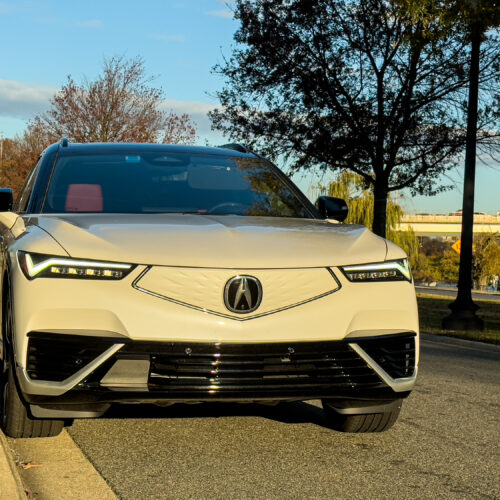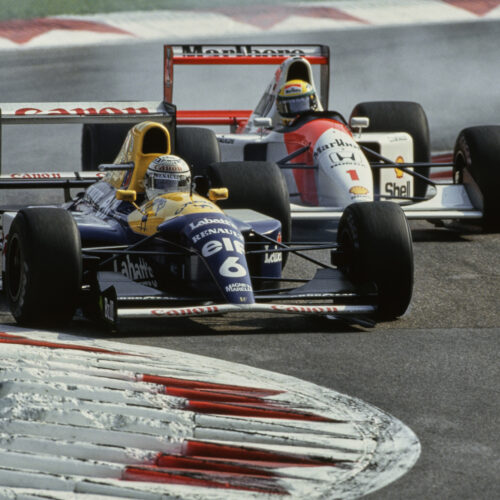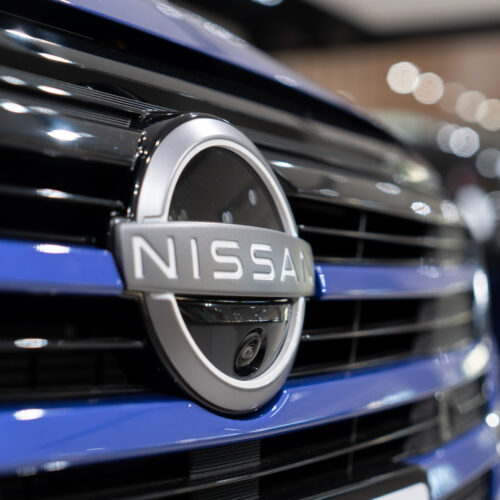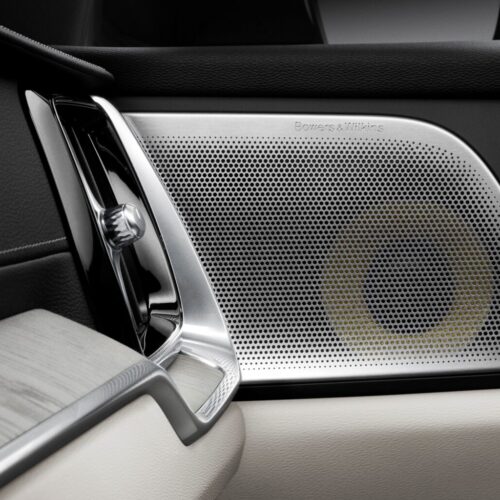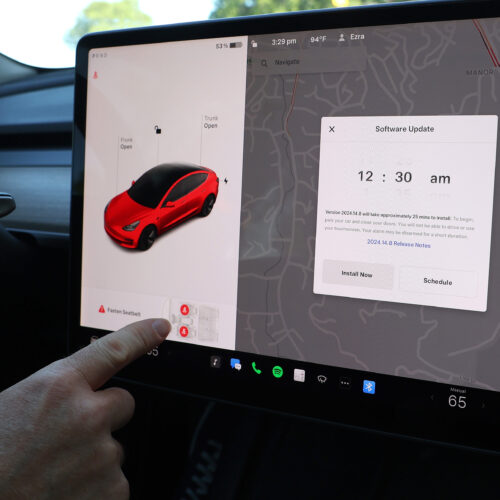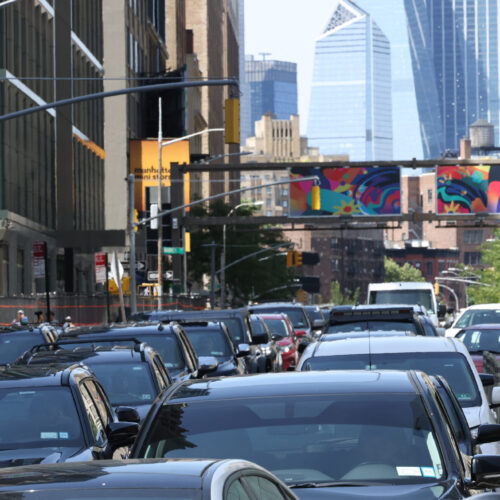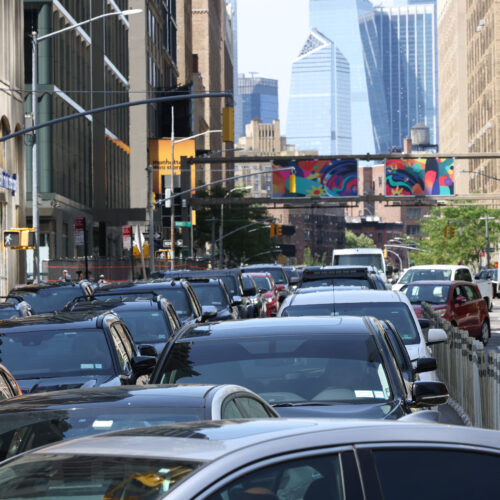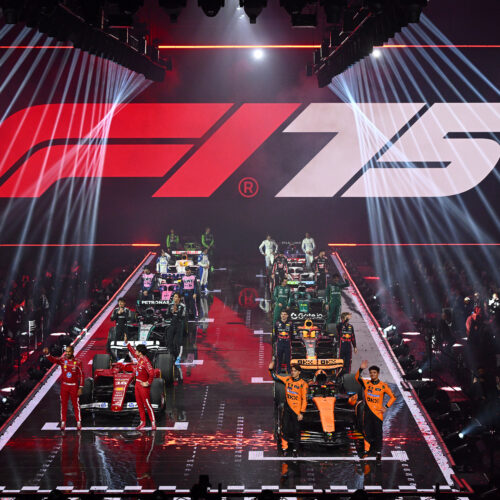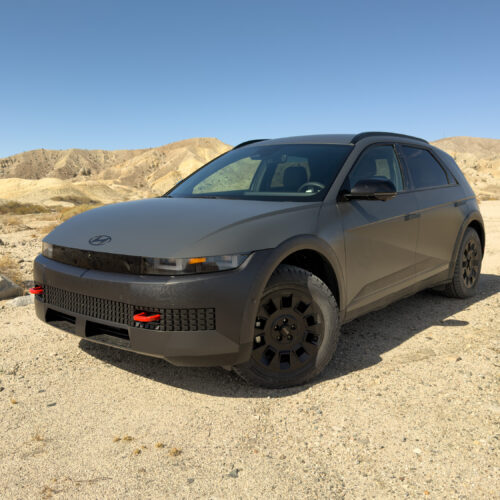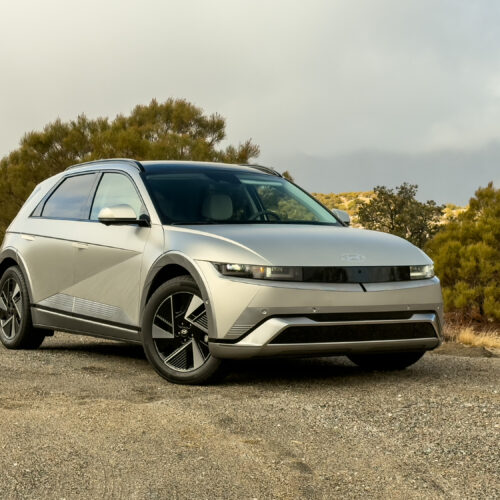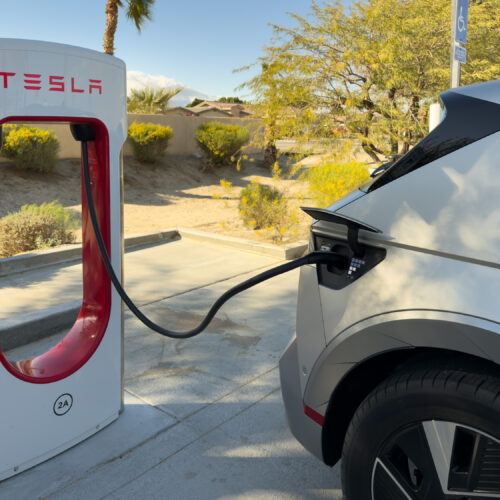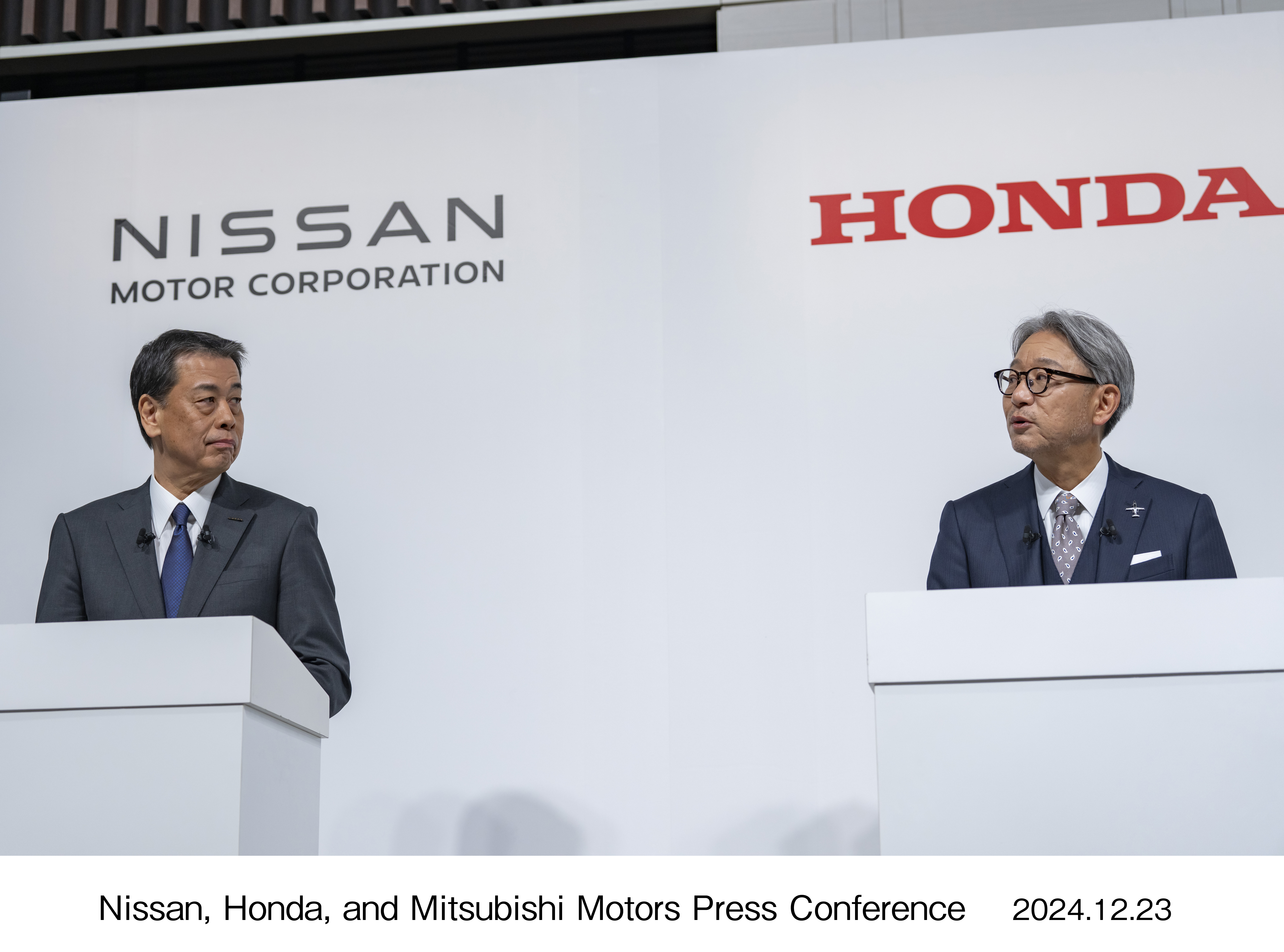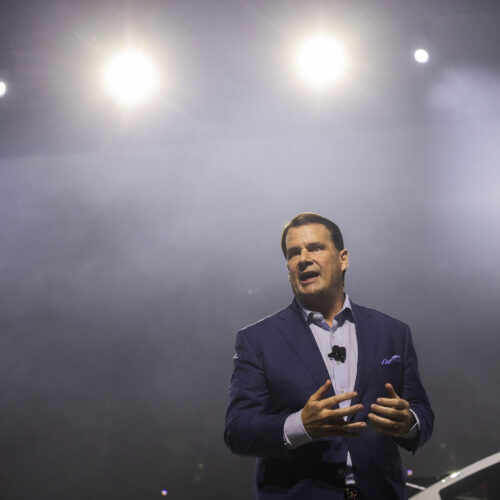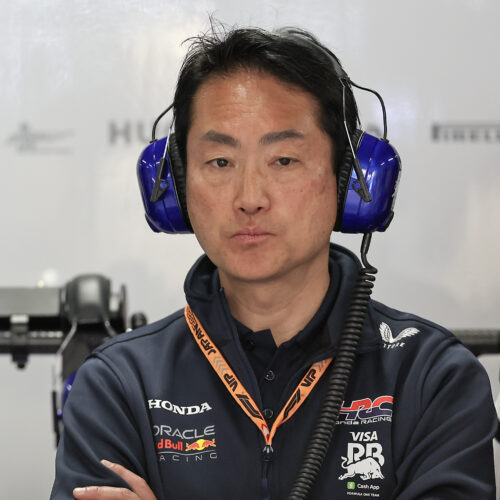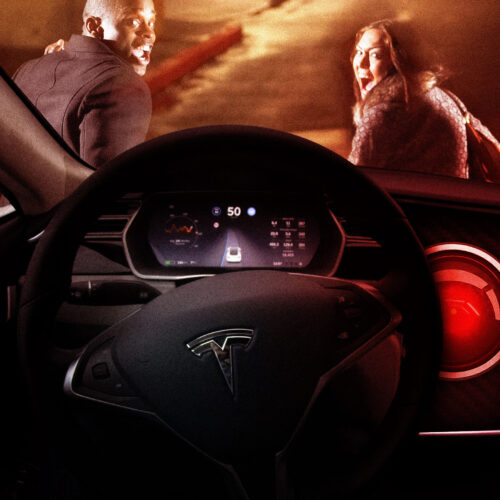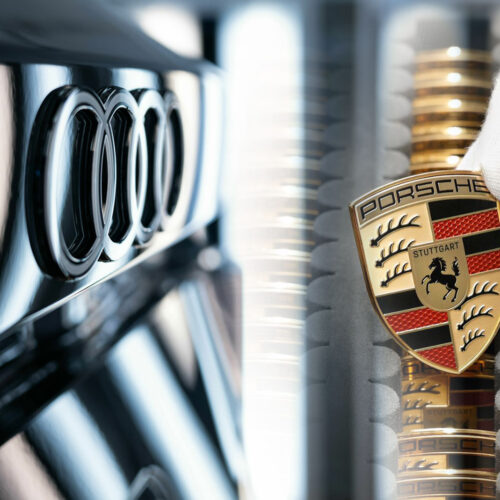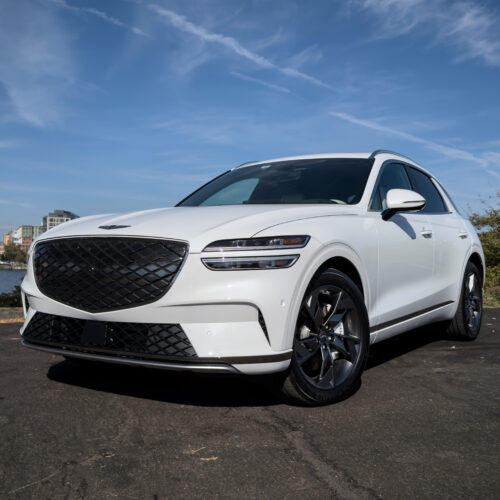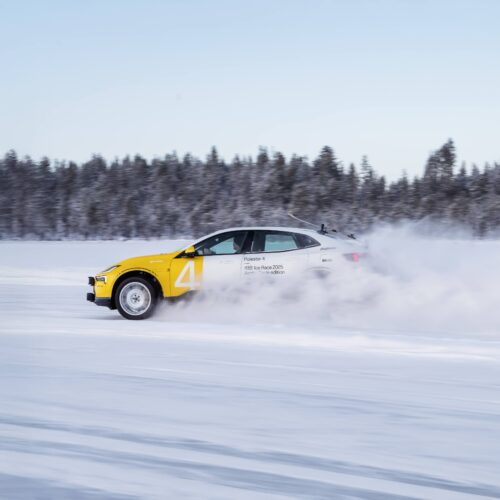The Acura ZDX is an example of badge engineering for the software age
Acura is gearing up to build its first entirely in-house battery-electric vehicles, but it has gotten a head start with the ZDX SUV. Built in collaboration with General Motors, the ZDX is a comfortable and competent luxury EV. More than that, it's a shining example of what badge engineering looks like in the digital age.
Automakers have long collaborated with each other. Sometimes that means working together on a powertrain or vehicle platform for use in quite different products. Sometimes, it's a little less involved—the Dodge Hornet differs very little from the Alfa Romeo Tonale, for example.
In the case of the Acura ZDX, the vehicle platform and the battery-electric powertrain are all thoroughly GM, what used to be called Ultium, until the American automaker retired that branding. It is, in essence, Acura's take on the Cadillac Lyriq and is similar, if not identical, in terms of power output and pricing.


© Jonathan Gitlin
